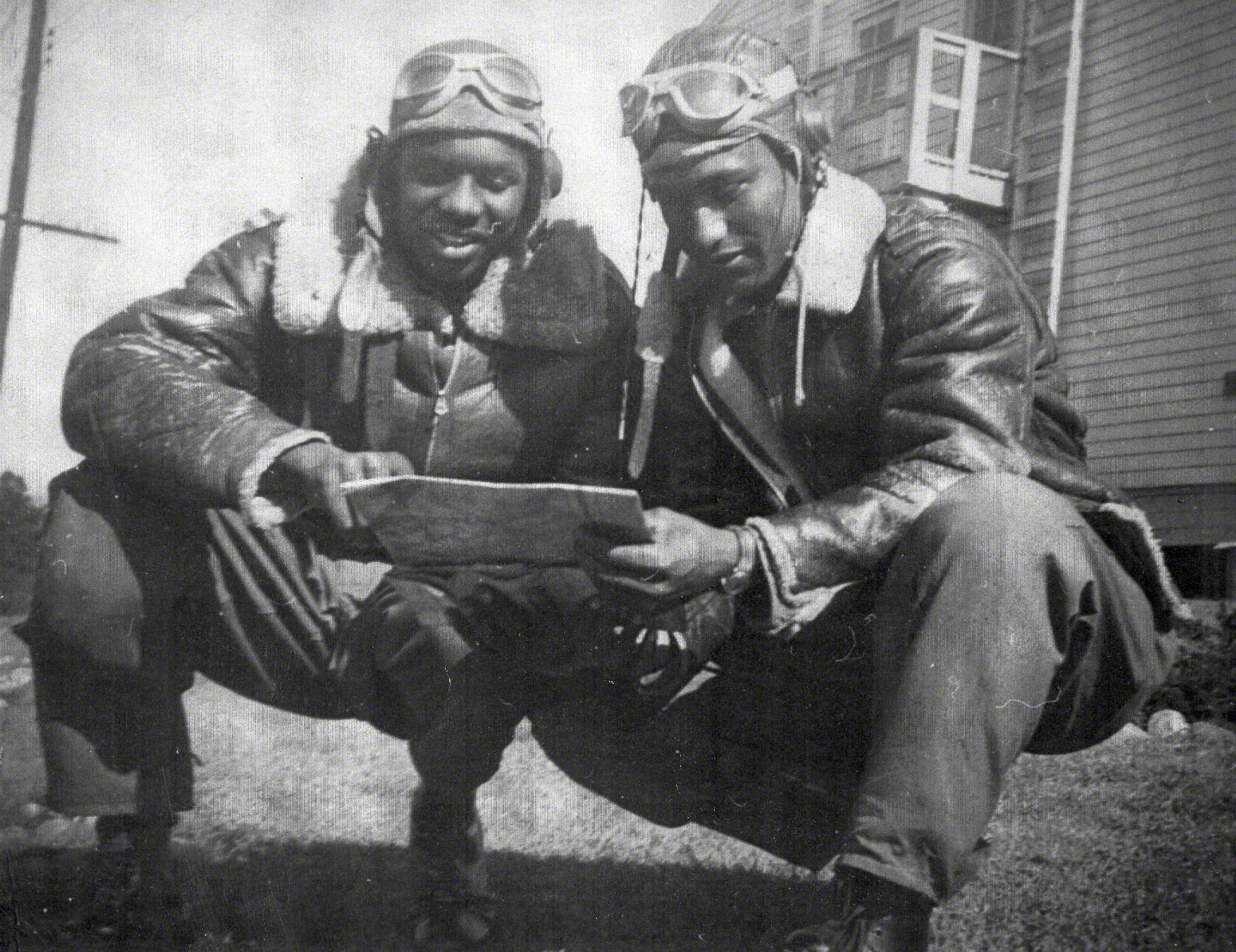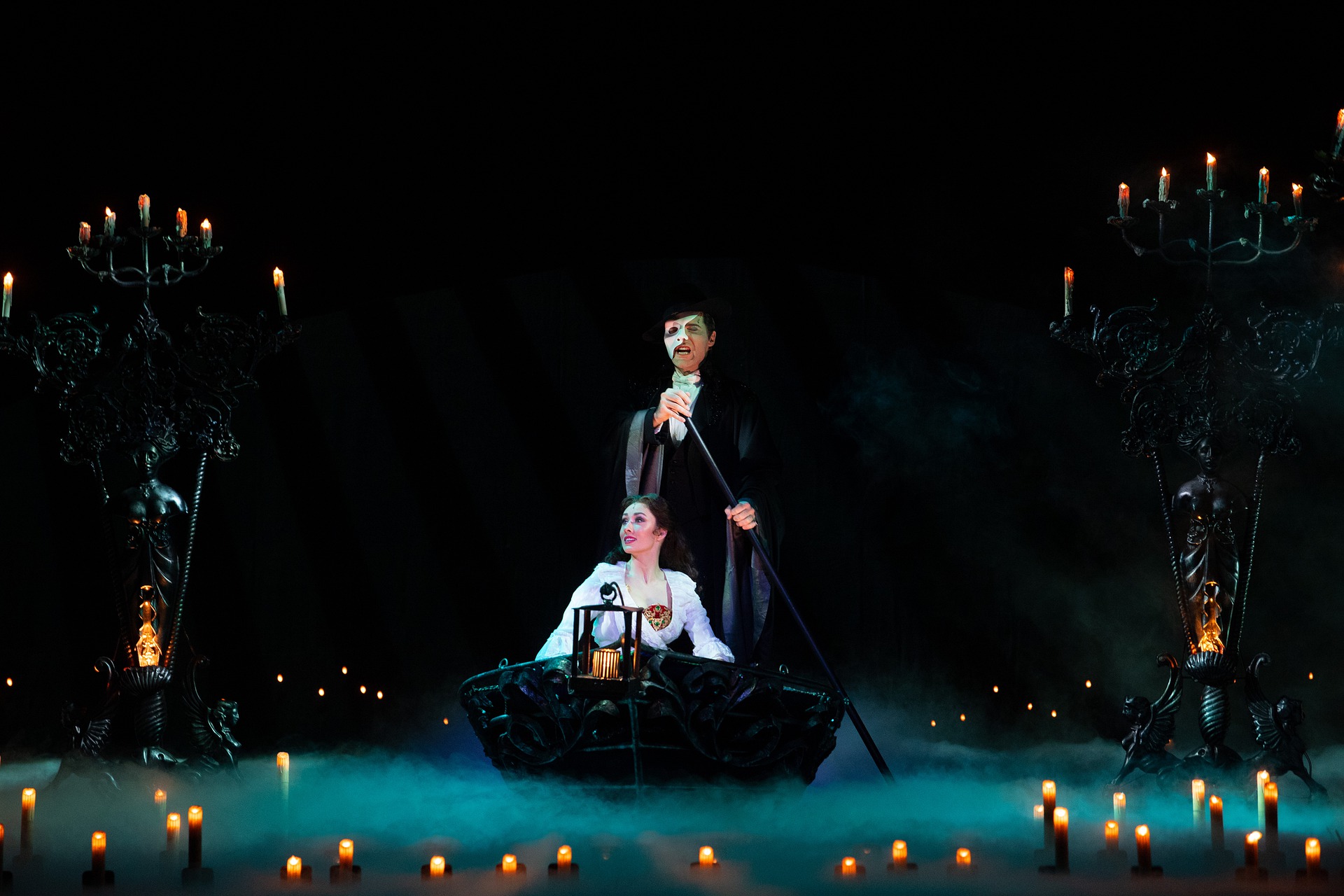By Terry Miller
During World War II, the Civil Aeronautics Authority selected 13 black cadets to become part of an experimental program at the Tuskegee Institute in Alabama.
As one of the original Tuskegee Airmen, Lieutenant LeRoy Criss was honored at Monrovia High School on Thursday, Feb. 27 with a special ceremony witnessed by family and friends in addition to several council members including Becky Shevlin, Larry Spicer and Mayor Tom Adams.
One young Monrovia High student, Tyler Spicer, 18, was so deeply moved by a Black history lecture by Ralph Walker last year that he devoted a full year to getting a plaque for a special man. Spicer was instrumental in getting a plaque devoted to Criss.
Criss, who passed away on May 20, 2008, spent 37 years as a high school teacher and served 30 years as the co-director of Outward Bound Adventures, Inc. Deplorably, Monrovia wasn’t hiring African American educators at that time in history so he immediately got a post-war position at a Los Angeles high school in Fairfax.
It has been over seven decades since the legendary Tuskegee Airmen fought their first battle in the skies over North Africa.
These brave men were known then as “Redtails” — America’s first black combat pilots.
All African American military pilots who trained in the United States during World War II were educated in Tuskegee, Alabama. In all, almost a thousand pilots trained there from 1941 to 1946. Of that number, 450 were deployed overseas and 150 lost their lives, including 66 killed in action.
The Tuskegee Airmen were the first African American military aviators in the United States Armed Forces. During World War II, black Americans in many U.S. states were still subject to Jim Crow laws and the American military was racially segregated, as was much of the federal government. The Tuskegee Airmen were subjected to discrimination, both within and outside the army.
Despite the rampant racism, Criss flew with the legendary Tuskegee Airmen from 1943 to 1946 and learned to operate numerous aircraft, including the B-25 Mitchell Bomber.
Known as “Buster,” Criss attended Monrovia Arcadia Duarte High School.
Colonel Charles E. McGee, national president of the Tuskegee Airmen, once said of the Tuskegee Airmen: “The Tuskegee story is an important civil rights story of Americans who happen to be black, in service to their country, their family, and to their friends — in that order.”
Criss is survived by his three children, Cassandra Criss, Renee Criss, LeNeal Criss and his wife, Laura; and his grandchildren, Silas Criss, Akele Criss-Thompson, Jahmal Gillespie, and Karma Gillespie; and his great-grandson, Zion Gil Lespie. LeRoy is also survived by his niece, Carolyn West and a host of loving family.







